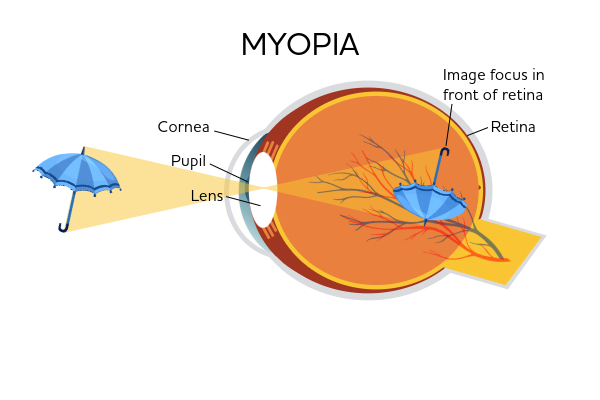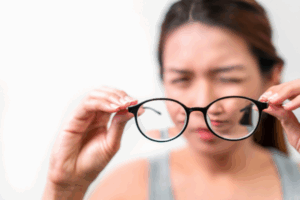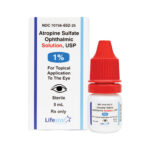Myopia Treatment
Posted in Contact lenses, Eye Blog, Eye Exam, Eyeglasses, Medical, Mount Vernon, Sedro-Woolley, Stanwood, Whidbey
Myopia, or nearsightedness, is the most common refractive error and most common cause of correctable visual impairment. The International Myopia Institute estimates that roughly 30% of the world’s population is myopic and that number is expected to increase to 50% by the year 2050.

Who Gets Myopia?
Areas in Southeast Asia have the highest incidence of myopia, but prevalence in the United States has been steadily increasing. Several factors can influence its’ development, including genetics, time spent on near activities such as reading or looking at phones, and amount of time spent outdoors.

Myopia can begin to manifest early in childhood and will often progress through the teenage years and sometimes longer. As children grow, their eyes increase in length which can lead to the development of myopia for some children. This causes light to be focused in front of the retina and vision to be blurry. Sometimes this growth can be rapid and continues for years, causing myopia to steadily worsen. Studies have shown that the way light focuses on the peripheral retina (the outer edges away from the macula or central retina) can further stimulate eye growth in children, thus increasing myopia. While this type of blurry vision can be easily treated with glasses or contacts, other consequences can arise such as cataracts, glaucoma, higher risk for retinal detachment, and other retinal conditions.
In response to this epidemic there has been significant research on options to slow myopia progression.
Non-FDA Approved Methods

Current methods that have yet to be approved by the FDA for myopia progression are use of low dose atropine and certain types of glasses.
Atropine is a pharmaceutical drop that dilates the pupil, but when used at a low concentration it can reduce eye strain without pupil dilation. Some studies have shown this relaxing effect on the eye can give up to a 50% reduction in myopia progression, but other studies have shown no effect.
Glasses designed with special optics have also been shown to decrease myopia progression by roughly 30%, depending on the study (1). They are designed to change the focus on the peripheral retina, reducing eye growth. These glasses are not available for purchase in the United States but are available in other countries.
FDA Approved Method
The only current FDA approved method to slow myopia progression is through contact lenses called Coopervision MiSight. These lenses are designed to offer clear central vision while the periphery of the lens is under-corrected. This lens design changes the way light is focused on peripheral retina and studies have shown a roughly 50-60% decrease in myopia progression (2). This lens is approved for children between the ages of 8-12 with refractive errors between –0.75 diopters and –4.00 diopters. There are other soft lenses that can work in a similar manner and even hard contacts that can reduce myopia progression, but they have not received FDA clearance for this use.
The advancements in techniques to control myopia progression and the impact on society are exciting and can potentially be life changing for certain individuals. Feel free to contact Cascadia Eye with any questions!
Sources:
- Nucci P, Lembo A, Schiavetti I, Shah R, Edgar DF, Evans BJW. A comparison of myopia control in European children and adolescents with defocus incorporated multiple segments (DIMS) spectacles, atropine, and combined DIMS/atropine. PLoS One. 2023 Feb 16;18(2):e0281816. doi: 10.1371/journal.pone.0281816. PMID: 36795775; PMCID: PMC9934319.
- Chamberlain, Paul BSc (Hons)1∗; Peixoto-de-Matos, Sofia C. MSc; Logan, Nicola S. PhD; Ngo, Cheryl MBBS, MMed; Jones, Deborah BSc, FAAO; Young, Graeme PhD, FAAO. A 3-year Randomized Clinical Trial of MiSight Lenses for Myopia Control. Optometry and Vision Science 96(8):p 556-567, August 2019. | DOI: 10.1097/OPX.0000000000001410



